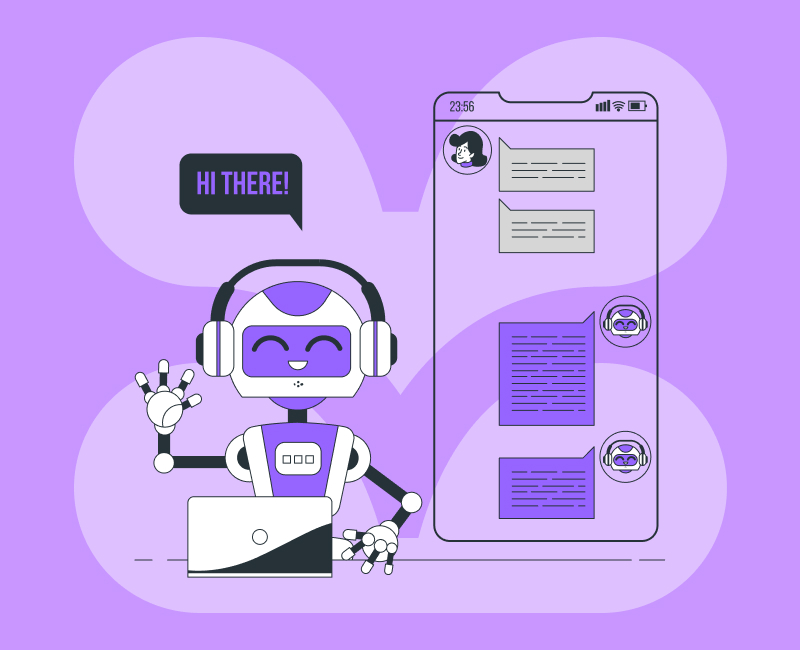Resources
Actionable tips and insightful content from our experts
Featured Resources
Fountain AI: Accelerate Your Hiring
Fountain AI streamlines the application process, optimizes efficiency for recruiters, and creates a positive applicant experience across the entire hiring funnel. Combined with Fountain’s Labor ATS, enterprise organizations keep applicants moving through the pipeline, screen the right candidates, and ensure business operations are staffed.


 Jan 05 2024
Jan 05 2024 


